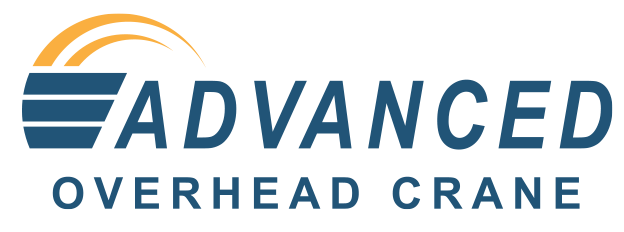Hoist Inspection & Maintenance
If you’ve been using an electric chain hoist or electric wire rope hoist for handling the heavy material, it’s important to have a preventive maintenance program that would be based on the crane manufacturer’s recommendations. Preventive hoist inspections and maintenance help fulfill OSHA regulatory requirements for maintenance. OSHA requires annual inspections. They also require equipment to be maintained on a scheduled basis, complete with dated records, according to the equipment duty cycle and the manufacturer’s requirements. Keeping your hoist in service and a peak operating condition should be one of the top priorities for safety, maintenance, or operations personnel at any job site or industrial facility. Frequent and periodic inspections help to keep hoist equipment operating at top efficiency.
It helps in the following ways:
- Keeps the user and other personnel safe.
- Helps in reducing costly downtime.
- Extends the life of the equipment.
Preventive Chain Hoist Inspections
The preventive inspection identifies the risks to preventing hoist accidents and also the breakdown time. It also identifies the chances for hoist performance and safety. Advanced overhead crane’s vast experience and expertise allow us to tailor preventive maintenance to each chain and wire rope hoist manufacturer’s recommendations.
Routine Hoist Inspection and Maintenance
Advanced overhead crane works with you to customize the right amount of routine maintenance and inspection for every crane. Our routine maintenance has been designed to perform maintenance work, such as adjusting and lubricating, with the intent of satisfying manufacturers’ maintenance instructions. Routine chain and wire rope hoist maintenance can help reduce component wear and unplanned stoppages and maintain equipment performance and availability.
Our Routine Electric Wire Rope Hoist and Electric Chain Hoist Maintenance and Inspection Include:
- Inspections
- Preventive maintenance
- Lubrication and adjustments
- Retrofits
- Part replacement
- Electrical repairs
- Wireless remote controls installation
- Dye Penetrant Inspections (on lower hook)
- Load testing
- Checking your oil level
- Checking on switches, hook catches, and the other parts
- Rope inspection
- Hoist structure inspection
What Does Our Checklist Include?
- Clean the chain by removing any foreign material such as dirt and grease, and inspect the chain for wear using a gauge.
- Slack the chain and observe if wear exists at the interlink bearing surface between the links.
- Inspect the chain for gouges, nicks, arc burns, twisted, bent, worn, or damaged links.
- Inspect the loose end-link, loose end screw, dead-end block, and clevis pin on the double-reeved units.
- Inspect the sheave wheel for freedom of movement.
- Electric brake
- Mechanical load spring break
- Inspect that all connections are made and screw terminals are tight
- Chain drum
Area Checkout Checklist
- Know exactly where the crane disconnection switch is located.
- Verify that there are no warning signs in or around the push button pendant.
- Make sure workers aren’t performing their duties nearby.
- Ensure that the load can travel without impediments.
- Ensure there are no obstructions in or around the area where the load will be moved and that the area is spacious enough to move and place materials safely.
- Check that all below-the-hook devices are designed for the crane, are in use, and can safely lift loads.
- Ensure that the load capacity is less than or equal to the rated capacity of the crane.
Preliminary Equipment Checklist
- Ensure that there are no loose, broken, or damaged parts on the hoist, trolley, bridge, runway, or electric systems.
- Check that the wire rope is reeved and seated in the drum grooves properly.
- Verify that the bottom block is not twisted. To be precise, no two lengths of wire rope should touch each other.
- Check that nothing is contacted or close to open power sources and that enclosures are secured.
- Ensure that there are no wires pulled from strain reliefs.
- Verify that the pushbutton pendant controls are not damaged.
Equipment Safety Checklist Of Powered Systems
- We turn the pushbutton off and then check that the buttons are not sticking and are operating smoothly. When the button is released, it should always return to the switched-off position automatically.
- We then turn the pushbutton on and check that the crane warning device operates properly.
- We ensure the hoist hook rises when the button is pushed to the “up” position.
- Check that the upper limit switch is functioning.
- Ensure that all other pushbutton controls operate properly and move in the right direction.
Equipment Safety Checklist Of Hooks
- Check that there’s not more than 10 percent wear on any part of the hook.
- Check for bending or twists and cracks, if any.
- Check that safety latches are in place and are functioning properly.
- Ensure that the hook nut is tight enough and locked to the hook.
- Make sure that the hook rotates freely without grinding.
Equipment Safety Checkout For Bottom Block Assembly
- Structural damage.
- Cracks on any of the components.
- Capacity markings are present.
- Sheaves rotate freely without grinding.
- Sheaves are smooth enough.
- Sheave guards are intact and are not broken.
